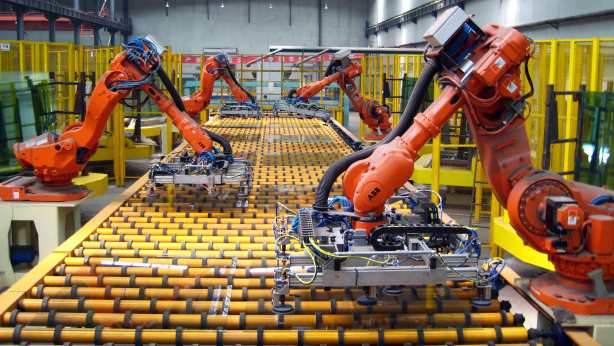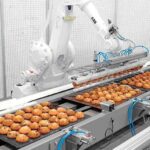In the not-so-distant past, launching a manufacturing business meant securing huge amounts of capital, investing in massive production facilities, and competing head-to-head with offshore manufacturers who could undercut U.S. costs by using cheap labor. Only products that could be mass-produced — meaning sold in huge volumes — could justify the startup costs and break-even points. The economics of scale ruled the day.
However, the landscape of manufacturing is shifting dramatically. Today, automation and robotics are lowering the barriers to entry for small-batch, customized manufacturing. Thanks to technological advances, you no longer need a huge factory and hundreds of employees to bring a product to market. Instead, smaller, more agile operations using automated production lines are emerging across the United States.
While it’s true that many large-batch, labor-intensive products still fall into China’s domain, the gap is closing quickly. Offshore labor costs are rising sharply, fueled by both higher wages abroad and new regulatory pressures. Meanwhile, the cost of deploying robotics and automated systems is falling, making it easier for smaller players to compete — and even win — on home turf.
In fact, according to Deloitte’s 2023 Manufacturing Industry Outlook, the combination of smart factories, AI-driven production systems, and advanced robotics is reshaping what’s possible for American manufacturing. This shift allows small businesses to produce highly customized products faster and closer to the customer, reducing lead times and shipping costs.
Fuel prices have helped mask these trends temporarily, making it artificially cheaper to ship goods across the ocean. But transportation costs are volatile. Should oil prices rise again — as they historically have — the economic advantage of near-shore or on-shore production will become even more pronounced.
Related Post: Buy and Sell Innovation
That’s why entrepreneurs today should be asking: Can you leverage automation to capture a share of the new manufacturing market?
Here’s how you might start:
- Identify High-Value, Low-Volume Niches: Instead of chasing mass-market goods, look for specialized markets where customers will pay a premium for customization, speed, or quality.
- Invest in Smart Manufacturing Tools: Small-scale CNC machines, 3D printers, and collaborative robots (cobots) can dramatically increase your capabilities without requiring a massive team.
- Think Local and Fast: Position yourself as a supplier who can deliver custom products within days, not months, giving you a major edge over distant competitors.
- Explore Maker Spaces and Co-Manufacturing: Facilities like maker spaces or microfactories allow entrepreneurs to access high-end manufacturing equipment without huge capital outlays.
- Partner with Technology Experts: Understanding automation, digital design, and supply chain software can be the difference between scaling quickly or getting stuck.
In short, the mass-production model is no longer the only viable path to manufacturing success. Small-batch, customized manufacturing — powered by automation — is the future. And it’s happening right here in America.
Can you position yourself to be part of the next wave of entrepreneurial manufacturers?












